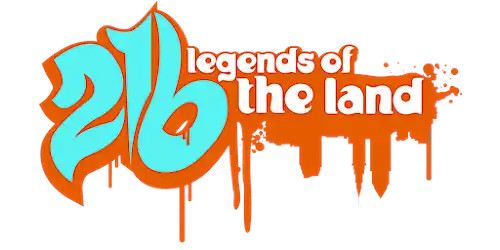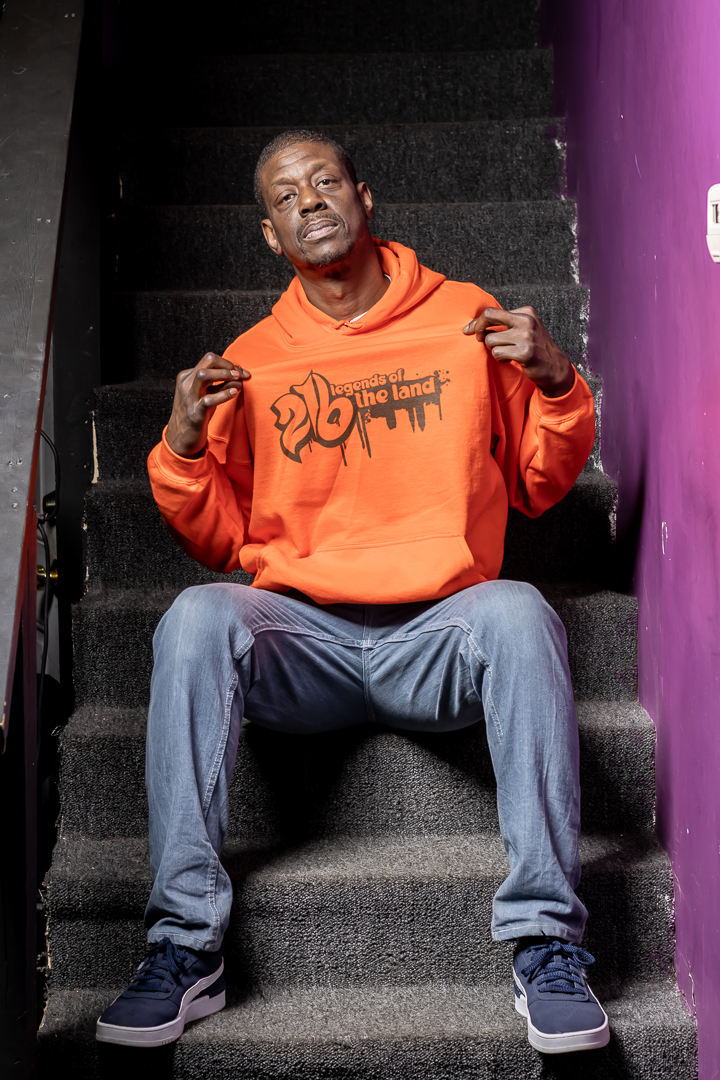
CLEVELAND—As we celebrate the 50th anniversary of hip hop, there have been a lot of homages done for its musical pioneers. However, some legends were being overlooked. I realized no one was examining the role that Cleveland artists had in the rise of hip hop, and I needed to change that.

With that, “216: Legends of the Land” was born. The four-part docuseries focuses on the people, places and things that helped evolve Cleveland’s hip hop culture from the early ‘80s to the superstardom of Bones Thugs-N-Harmony. It premiered this fall at NerveDJs’ 20th Anniversary & Hip-Hop’s 50th Celebration & Awards Weekend and as a first-time filmmaker, it was a dream to have my project premiere at the Rock & Roll Hall of Fame.
Each of the docuseries’ 30-minute episodes focuses on a different part of the culture, and features local legends such as DJ Cochise, DJ Johnny ‘O, M.C. Chill, Cleveland radio station WDMT FM 108, graffiti legends Sano and Mr. Soul, and b-boy Forrest Getemgump.
Software for Collaboration
For the docuseries, I worked in lockstep with three other editors (as well as serving as the DP, producer and director). Although we originally started editing the project with one software, it quickly became clear that we needed a different setup as we were running into issues with workflow and digital handoffs, stepping on each other’s toes instead of smoothly collaborating.
We were familiar with Blackmagic Designs’ DaVinci Resolve Studio since we were grading the docuseries with it, as well as shooting select scenes and interviews with a Blackmagic Pocket Cinema Camera 6K. I also had used DaVinci Resolve Studio’s Fairlight audio post-production tools in the past to score movies and I knew what it was capable of, so we decided to dive in.
Since DaVinci Resolve Studio combines editing, color correction, VFX, motion graphics and audio post-production all in one software tool, we knew that not only could we edit the series, we could also effortlessly transition to the next part of post production with a single click and no downtime in between, saving us precious time and energy.
Streamlined Workflows
After transferring the entire project to DaVinci Resolve Studio, it grew legs and wings—each editor was able to seamlessly work on the project without hampering each other’s work. Our workflow was smoothed out and became extremely efficient and we no longer had any lags or crashes throughout the process. With an editing team of four, the ease of digital handoffs was a big benefit.
In addition to video editing, we also used DaVinci Resolve Studio for its robust color management system and ease of use for sound design with Fairlight. The animation and VFX tools it has for green screen work were also incredibly helpful for the series’ narration scenes. On DaVinci Resolve Studio’s Fusion page, the motion graphics tools for keyframing, dynamic zoom tool, cleaning up green spill and more made life so much better and easier. Additionally, the color space transform tools really came in handy since the docuseries was filmed with multiple cameras with different codecs.
Ultimately, the move to DaVinci Resolve Studio smoothed out all the editing issues we were having, and we were able to take advantage of the program’s additional Fusion and Fairlight tools, which was an added bonus. It was very user-friendly and allowed multiple editors to work together seamlessly, so we could deliver the project in time for its premiere at the Rock & Roll Hall of Fame.
More information is available at www.blackmagicdesign.com.







